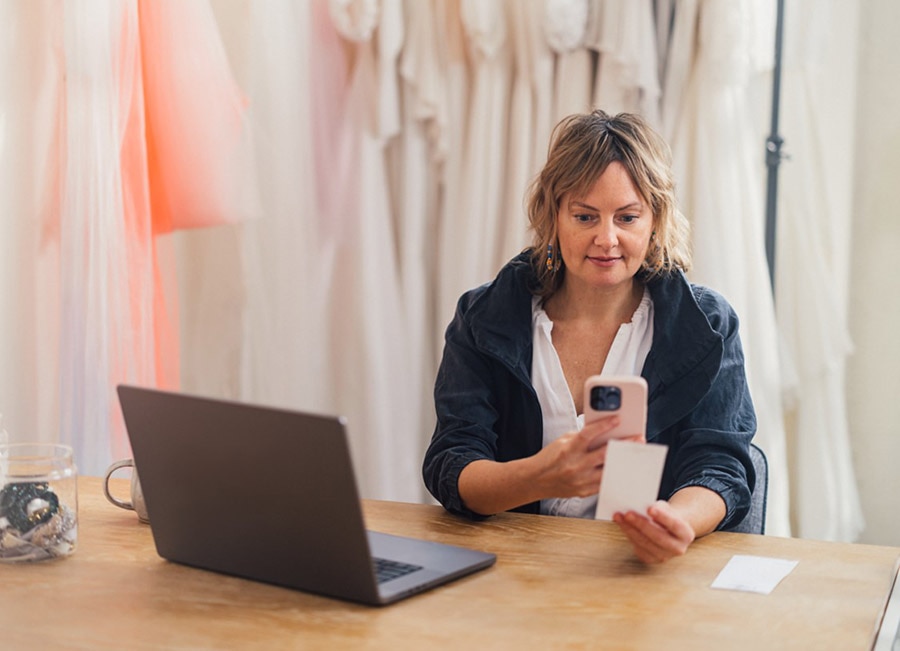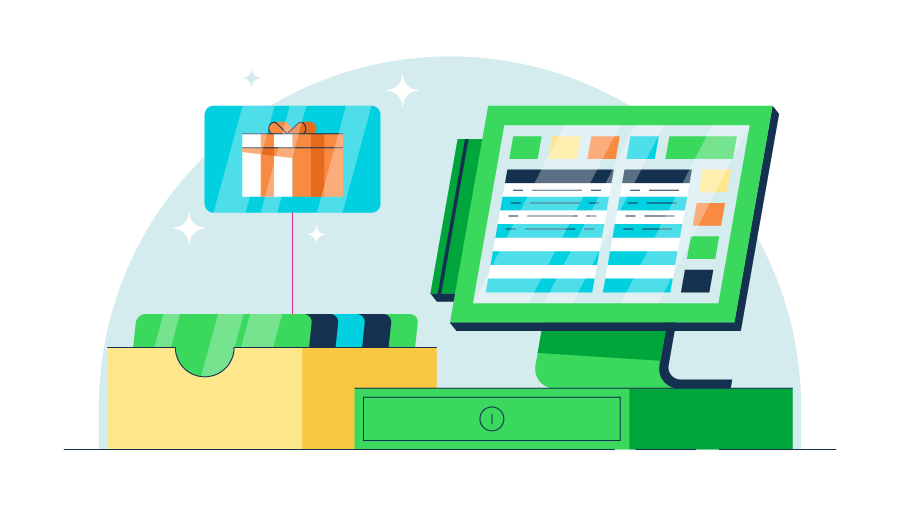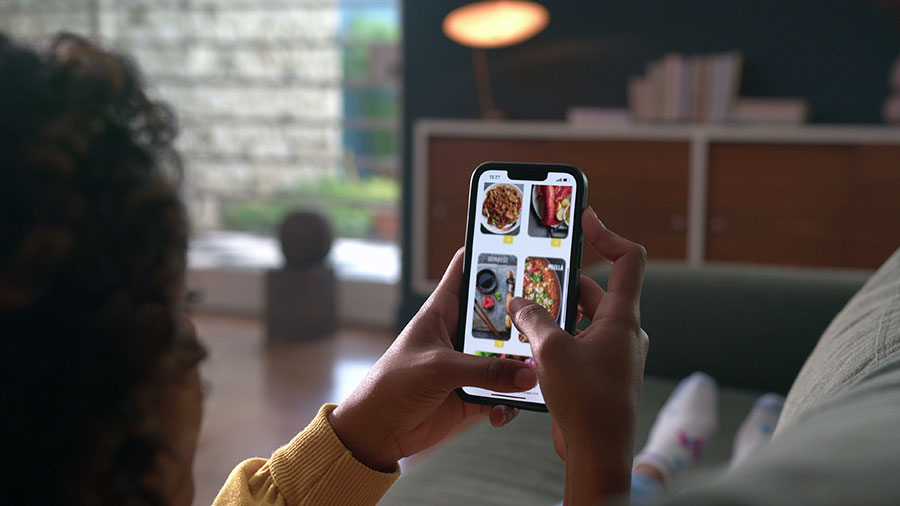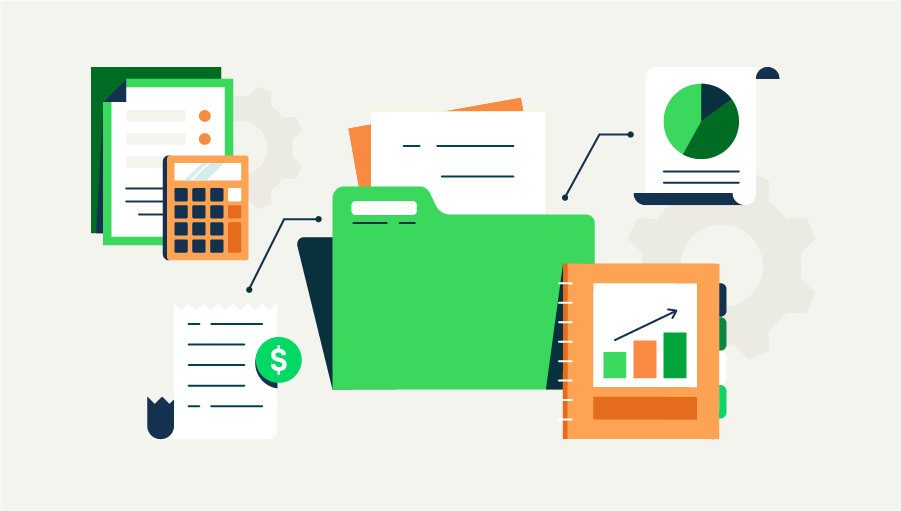QR code payments
QR code electronic payments are a method of transferring money using a two-dimensional barcode that you can scan via smartphone. You can use QR codes in various applications, such as online shopping, mobile banking, and loyalty programs.
The QR code is one of the new payment methods that strive to be more inclusive and accessible, as they do not require a bank account or a credit card. Pair a QR with a digital wallet, or lead the buyer to another form of digital payment processing.
eChecks
An electronic check, or eCheck, is another form of digital payment. Money gets withdrawn from the buyer’s checking account, transferred over the ACH network, and deposited into the business’s account.
This differs from taking a picture of a paper check and depositing it using your mobile device. With an eCheck, the buyer must authorize payment transactions via a contract, accepting terms and conditions.
Small businesses that could benefit from accepting eChecks include those that accept recurring payments. Think of landlords or daycare providers who receive payments monthly. All the customer has to do is authorize recurring eCheck payments, and those fees can get taken out automatically each time.
Cryptocurrencies
Cryptocurrency is a type of digital currency that operates on a decentralized network of computers, using blockchain technology to secure transactions and verify records.
Crypto is a part of the decentralized financial movement and supports peer-to-peer transactions without the need for centralized banks or financial institutions. You should consult with your financial advisor to see if accepting digital assets is suitable for your financial situation.


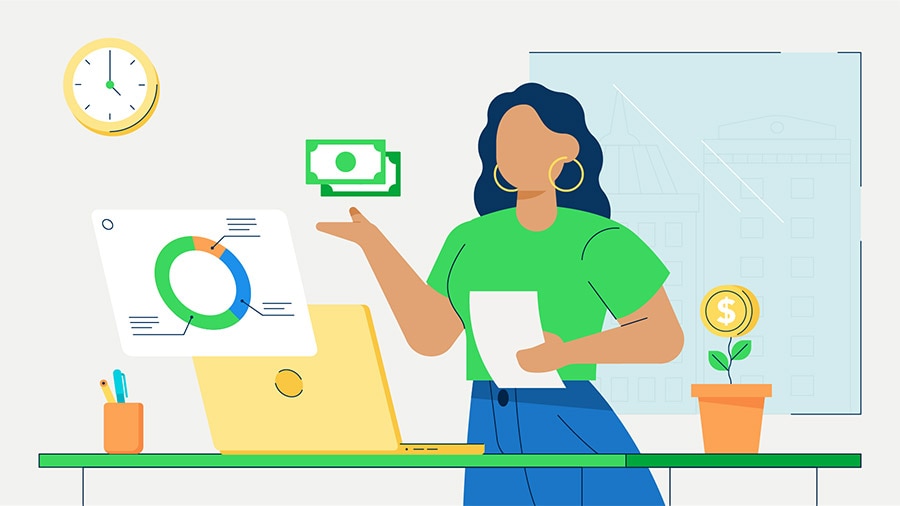

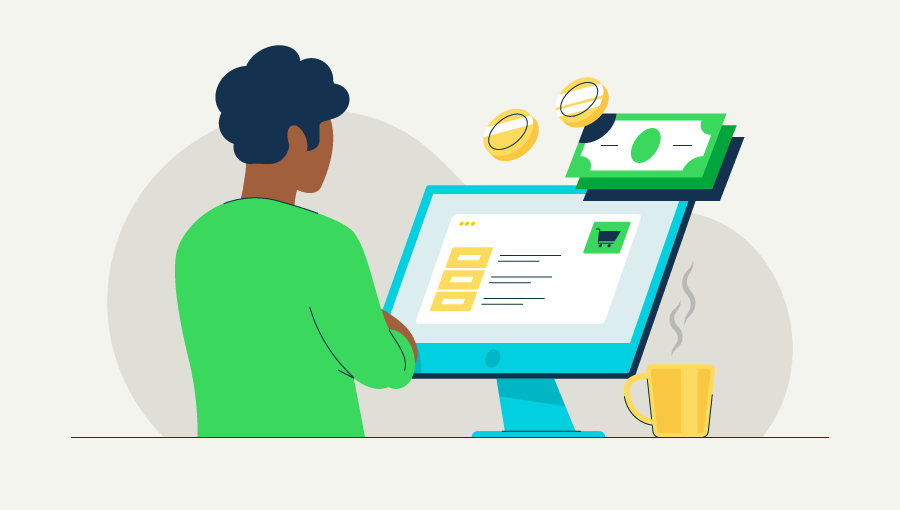



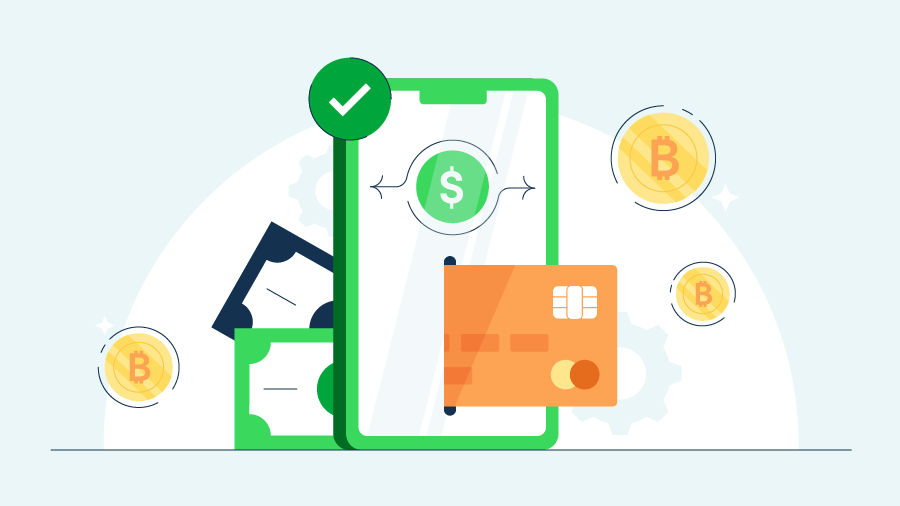

 With
With 

 Approximately
Approximately 
